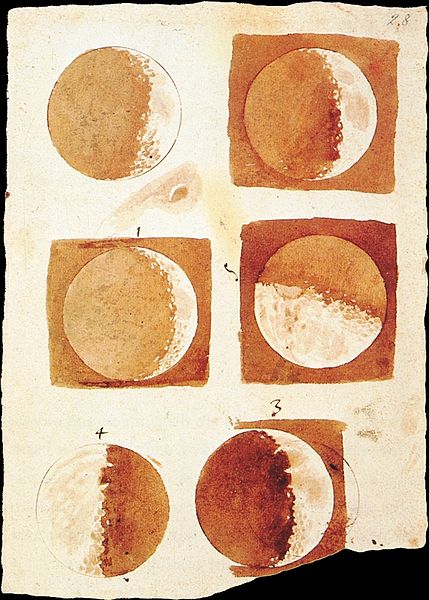The Vitruvian Man is a drawing by the Italian Renaissance artist and scientist Leonardo da Vinci, dated to c. 1490. Inspired by the writings of the ancient Roman architect Vitruvius, the drawing depicts a nude man in two superimposed positions with his arms and legs apart and inscribed in both a circle and square. It was described by the art historian Carmen C. Bambach as "justly ranked among the all-time iconic images of Western civilization". Although not the only known drawing of a man inspired by the writings of Vitruvius, the work is a unique synthesis of artistic and scientific ideals and often considered an archetypal representation of the High Renaissance.
Vitruvian Man
A Vitruvian Man depiction in the edition of De Architectura by Vitruvius; illustrated edition by Cesare Cesariano (1521)
One of Francesco di Giorgio Martini's three attempts at creating the ideal 'Vitruvian Man'
A 'Vitruvian Man' prototype by Giacomo Andrea, 1490
Drawing is a visual art that uses an instrument to mark paper or another two-dimensional surface. The instrument might be pencils, crayons, pens with inks, brushes with paints, or combinations of these, and in more modern times, computer styluses with graphics tablets.
Leonardo da Vinci's Vitruvian Man (c. 1485) Accademia, Venice
Madame Palmyre with Her Dog, 1897. Henri de Toulouse-Lautrec
Galileo Galilei, Phases of the Moon, 1609 or 1610, brown ink and wash on paper. 208 × 142 mm. National Central Library (Florence), Gal. 48, fol. 28r
Antoine Watteau, trois crayons technique







